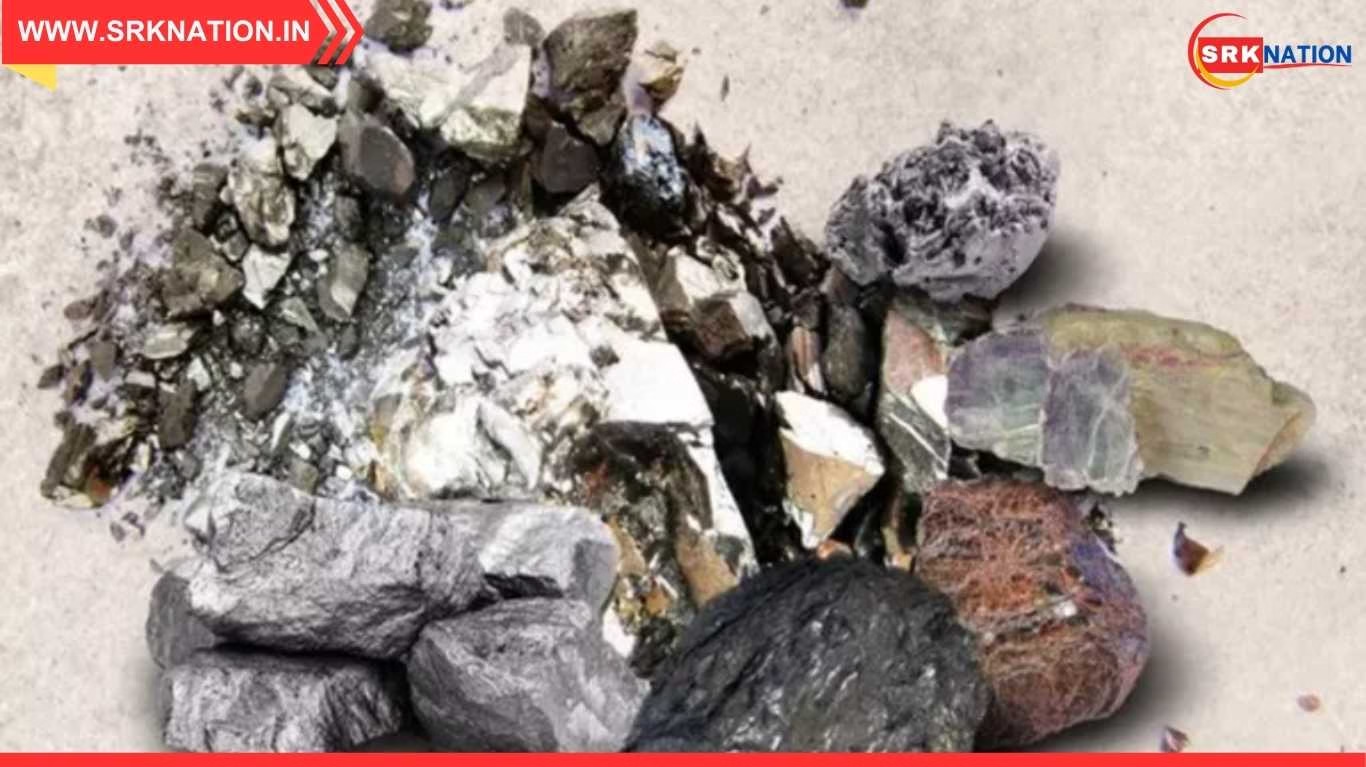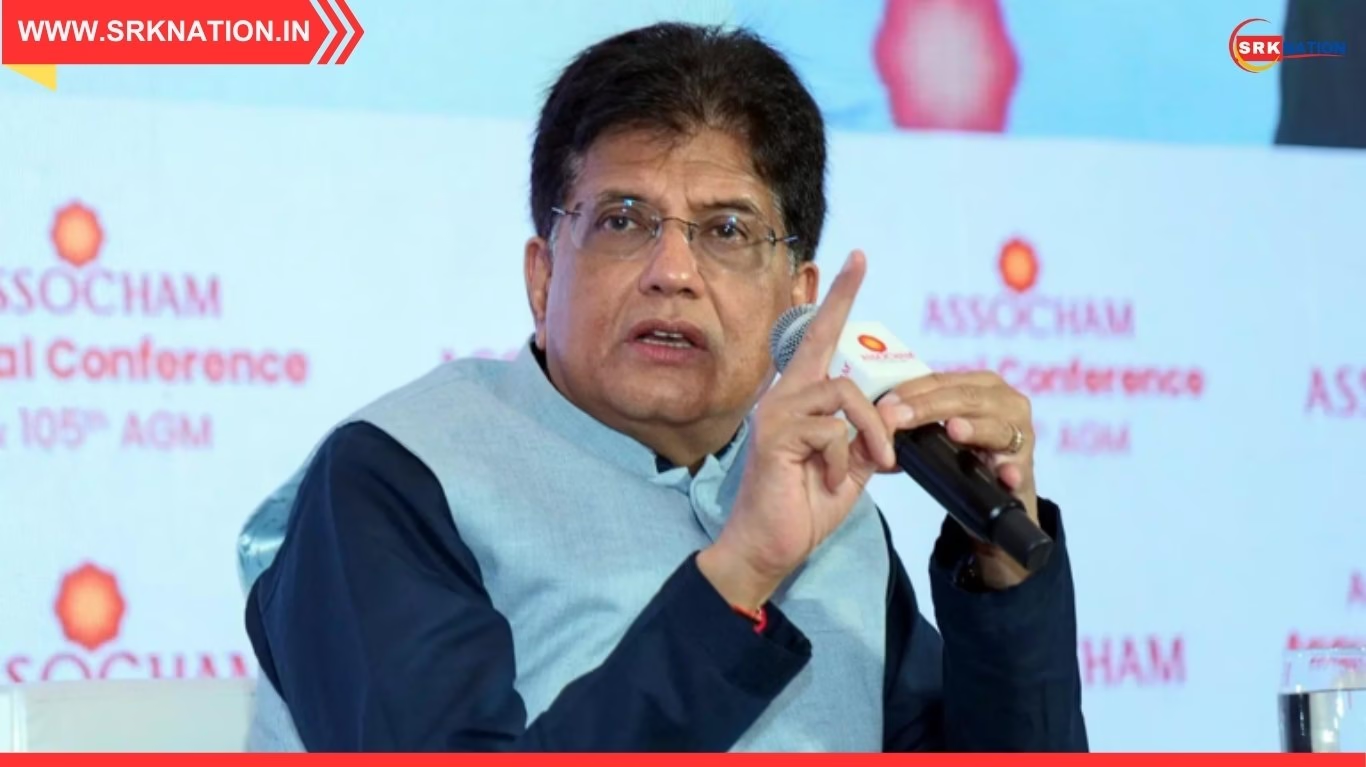Chief Economic Adviser (CEA) V Anantha Nageswaran has cautioned that India’s nominal GDP growth for FY26 may fall short of the budgeted target of 10.1% due to persistently low inflation. While the government remains optimistic about achieving the real GDP growth target of 6.3–6.8%, the subdued price environment—driven by a strong kharif harvest, landmark GST reforms, and direct tax relief—is expected to dampen nominal growth figures.
Speaking to PTI on September 7, Nageswaran emphasized that the first quarter’s nominal GDP growth of 8.8% was better than anticipated, but the full-year figure may still undershoot projections. He attributed this to the combined effect of lower inflation and reduced pricing power across sectors, even as consumption and disposable income are expected to rise.
🧭 Timeline of Key Economic Developments Impacting FY26 GDP
| Date | Event Description | Economic Impact |
|---|---|---|
| February 2025 | Union Budget announces direct tax relief | Boosts household disposable income |
| March 2025 | GST Council approves rate simplification | Prices of 400+ items reduced |
| July 2025 | Kharif sowing exceeds expectations | Anticipated bumper harvest |
| August 2025 | US imposes 50% tariffs on Indian exports | External trade uncertainty |
| September 2025 | CEA flags nominal GDP shortfall risk | Signals cautious fiscal outlook |
Despite external headwinds, India’s domestic fundamentals remain resilient, according to the CEA.
🔍 Understanding Nominal vs Real GDP Growth
| Metric | Definition | FY26 Target / Projection |
|---|---|---|
| Nominal GDP | GDP measured at current market prices, includes inflation | Budgeted at 10.1%, projected at 8.5–9% |
| Real GDP | Inflation-adjusted GDP, reflects actual output | Targeted at 6.3–6.8%, expected to be met |
| GDP Deflator | Ratio of nominal to real GDP, indicates inflation | Expected to remain low due to price moderation |
Nominal GDP is crucial for fiscal calculations, including tax revenue and debt-to-GDP ratios.
📉 Sector-Wise Impact of Benign Inflation on Nominal Growth
| Sector | Inflation Sensitivity | FY26 Nominal Growth Outlook | Key Drivers / Constraints |
|---|---|---|---|
| Agriculture | High | Moderate | Strong kharif output, stable MSPs |
| Manufacturing | Medium | Sluggish | Weak pricing power, global demand slowdown |
| Services | Low | Robust | Digital, financial, and healthcare growth |
| Construction | High | Moderate | Input cost stability, infra push |
| Retail & FMCG | Medium | Mixed | GST rate cuts, rural demand recovery |
Lower inflation may reduce nominal growth but improve real purchasing power and consumption.
🔥 CEA’s Key Statements and Policy Signals
| Topic | CEA’s Remarks | Policy Implication |
|---|---|---|
| On Nominal GDP | “Some shortfall may be there… higher chance of that happening.” | Signals realistic fiscal planning |
| On Q1 Performance | “8.8% growth better than feared.” | Encouraging early indicators |
| On GST Reforms | “Impact will be substantial… B2C and B2B alike.” | Structural boost to formal economy |
| On Inflation Outlook | “Overall inflation will remain contained.” | Supports RBI’s accommodative stance |
| On Consumption Trends | “Higher disposable income will boost demand.” | Positive for retail, housing, and services |
The CEA remains confident that India’s real economy will stay on track despite nominal headwinds.
🧠 Expert Commentary on GDP Outlook
| Expert Name | Role | Comment |
|---|---|---|
| Meera Iyer | Macro Policy Analyst | “Nominal shortfall is a statistical effect, not a structural weakness.” |
| Rajiv Bansal | Fiscal Strategy Consultant | “Lower inflation helps consumers but complicates fiscal math.” |
| Dr. Rakesh Sinha | Economist and Author | “India’s resilience lies in its domestic demand and reform momentum.” |
Experts agree that nominal GDP shortfall may not derail broader growth objectives.
📦 GST Reform Highlights and Economic Impact
| Reform Component | Description | Expected Outcome |
|---|---|---|
| Rate Rationalization | Reduction from four slabs to two | Simplifies compliance, lowers prices |
| Process Simplification | E-invoicing, faster refunds | Boosts MSME liquidity |
| Item Reclassification | 400+ goods moved to lower tax brackets | Reduces inflation, enhances affordability |
| Digital Integration | Unified portal for returns and payments | Improves transparency and efficiency |
GST 2.0 is expected to enhance both consumption and formalization across sectors.
📅 Upcoming Economic Milestones in FY26
| Event | Date | Strategic Importance |
|---|---|---|
| RBI Monetary Policy Review | October 2025 | Inflation outlook and rate stance |
| Q2 GDP Data Release | November 2025 | Confirmation of growth trajectory |
| Mid-Year Fiscal Review | December 2025 | Budget recalibration if needed |
| Union Budget FY27 | February 2026 | Policy response to FY26 performance |
These milestones will shape India’s fiscal and monetary strategy for the remainder of FY26.
📌 Conclusion
Chief Economic Adviser V Anantha Nageswaran’s warning about a possible shortfall in nominal GDP growth for FY26 underscores the complex interplay between inflation, fiscal planning, and economic momentum. While benign inflation may temper nominal figures, it also boosts real consumption and household welfare. With GST reforms, tax relief, and a strong kharif harvest in play, India’s real GDP growth remains on track. The challenge now lies in balancing fiscal expectations with economic realities—without losing sight of long-term resilience.
—
Disclaimer: This article is based on publicly available government statements, economic data, and expert commentary as of September 8, 2025. It is intended for informational purposes only and does not constitute financial or policy advice.











